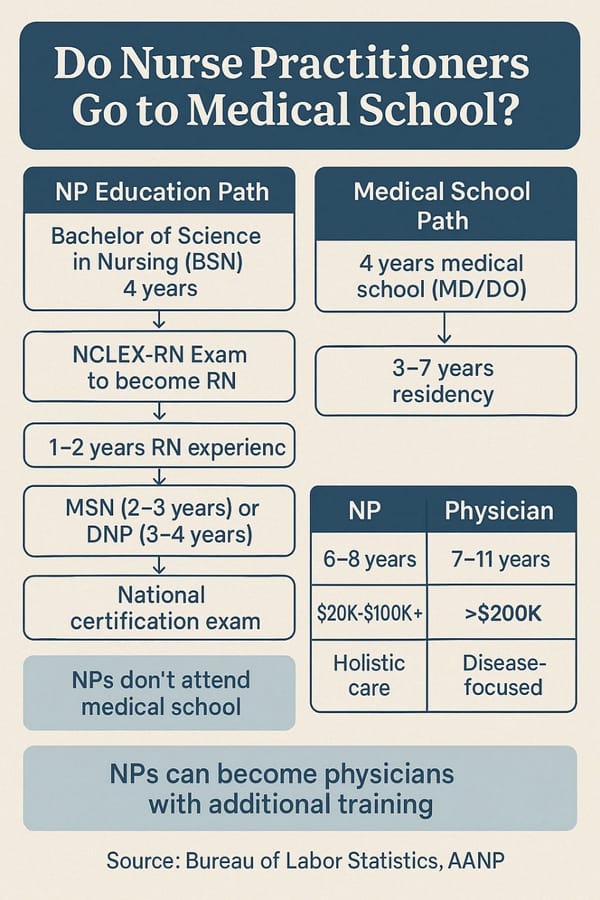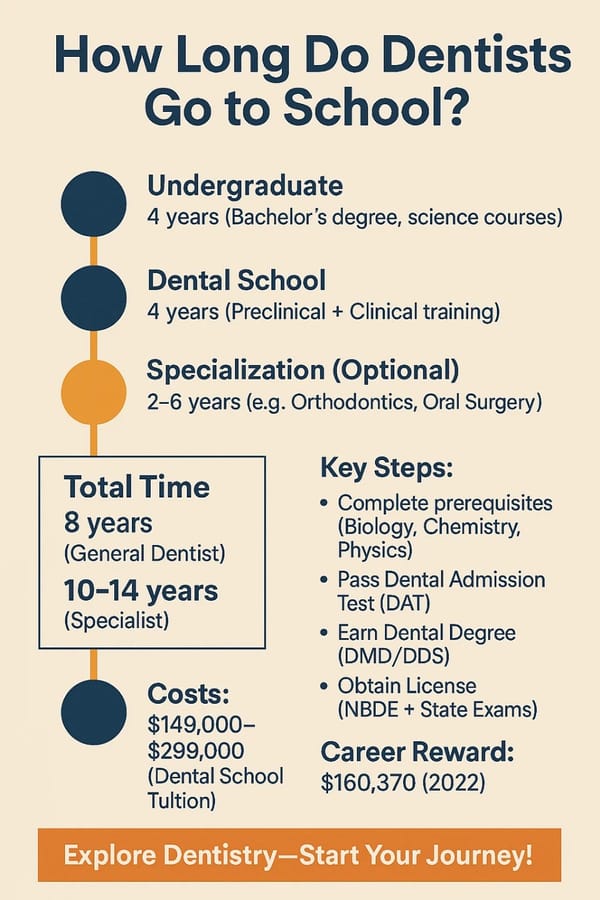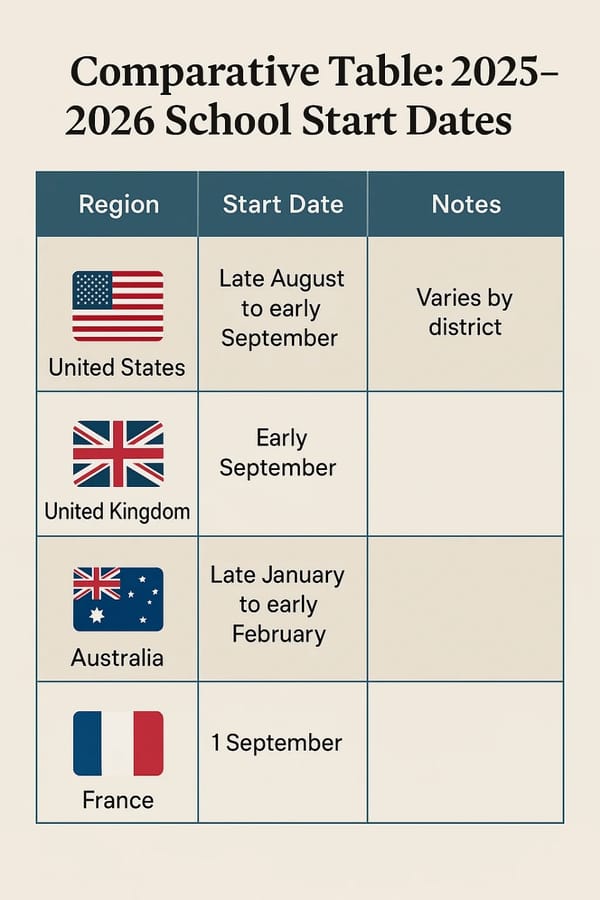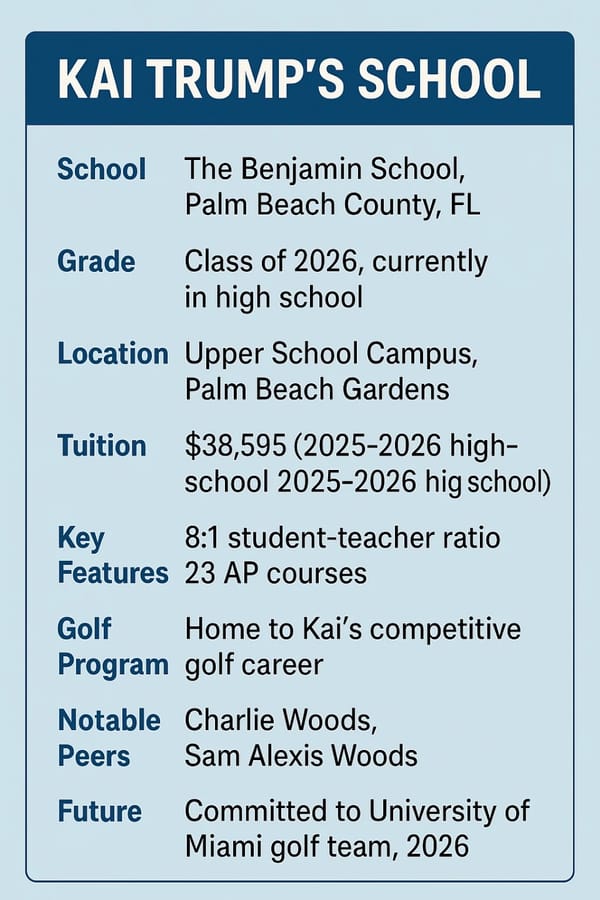Is it possible to become a lawyer without attending law school?
Introduction: A Path Less Traveled
The legal career dream meets the harsh truth of law school with its demanding three-year study period and tuition fees exceeding $100,000 along with overwhelming student debt. The conventional path to becoming a lawyer presents an overwhelming obstacle to many people. Is there a way to become a licensed lawyer without attending law school? The idea appears improbable but determined people in some states have found ways to become lawyers without attending law school. In this article we explore the process of becoming a lawyer without attending law school while discussing both the requirements and rewards inherent to this non-traditional path. We provide direction through practical insights and real-world examples to those considering a career change, students worried about law school debt, or anyone who wants to learn about this process because we understand you need guidance.
The Traditional Path: What’s the Norm?
Let's understand the standard path to law before examining alternative routes. Aspiring lawyers usually finish a four-year undergraduate program before spending three years studying at an accredited law school to receive a Juris Doctor (J.D.) degree. degree. Students at law school learn subjects such as contracts, torts, constitutional law, and legal writing to prepare for the bar exam which tests their legal knowledge and reasoning skills. Successful completion of the bar exam results in law practice authorization within a particular state. The pathway to becoming a lawyer is well-established yet requires substantial financial investment which reaches beyond $150,000 for tuition and living costs according to the American Bar Association. The high expenses and extensive time needed to complete law school create an incentive for many to explore different paths.
Alternative Routes: Where Can You Skip Law School?
The good news? Through apprenticeship programs called “reading the law” four U.S. states enable individuals to become lawyers without a law degree while studying under a licensed attorney and sitting for the bar exam without attending law school. New York and Maine offer partial alternatives to traditional law school by blending formal education with practical experience. Let’s break down these options.
Full Alternatives: Apprenticeship Programs
California: Law Office Study Program (LOSP)
In California, the [Law Office Study Program](https: California’s Law Office Study Program lets you learn law through direct supervision by a practicing attorney or judge over a four-year period. The program requires a minimum of two years of college credit or successful completion of the College Level Examination Program (CLEP). Participants must dedicate 18 weekly study hours including five hours of direct supervision throughout the 48-week program year. The First-Year Law Students’ Examination or “baby bar” must be passed after your first year to earn continued credit in line with California’s LOSP guide. Upon finishing the program you become qualified to sit for the California Bar Exam which ranks as one of the nation's most difficult tests.
Vermont: Law Office Study Program
A comparable study program exists in Vermont through its Law Office Study Program. The program requires four years of study with a licensed attorney who will provide direct supervision for a minimum of 25 weekly hours. The person who supervises your studies needs to have practiced law for at least three years and to be registered as a member in good standing with the Vermont bar association. When you complete the program you must submit a Completion Notice to the Vermont Board of Bar Examiners and then take the Vermont Bar Exam which follows the Uniform Bar Examination format according to Vermont’s program overview. Disciplined learners will benefit from this structured program which allows for flexibility.
Virginia: Law Reader Program
Virginia’s [Law Reader Program](https: The Virginia Law Reader Program mandates three years of study under an attorney who has practiced law in Virginia for a minimum of five years. Students must spend 25 hours weekly across 40 weeks each year studying fundamental legal subjects. Although the program attracts fewer participants this option remains viable for those who reside in the state. You sit for the Virginia Bar Exam upon finishing your program. A Pilot article about Virginia's distinctive legal education path investigated this program's specialized status.
Washington: Law Clerk Program
Washington’s [Law Clerk Program](https: Washington’s Law Clerk Program requires participants to complete four years of 32 weekly work hours in a law office under the direct supervision of an attorney with at least 10 years of experience. The program received updates in 2022 to enhance accessibility and readies you for the Washington Bar Exam. A [Washington State University panel](https: A Washington State University panel held a discussion about the program's benefits and highlighted its practical training advantages.
Partial Alternatives: Blending Study and School
Some states offer hybrid paths. New York allows law students to mix one year of law school with three years of practical law office study according to Juris Education’s guide. Maine is investigating an educational model which includes two years of apprenticeship following legal studies according to CLEAR’s news on apprenticeships. Although these options cut down the duration of law school they maintain a requirement for formal classes which places them between traditional paths.
What Does It Take? Requirements and Realities
The rules for each program differ but certain elements remain consistent across all programs:
- Securing mentorship from a licensed attorney or judge presents a challenge because this requirement necessitates their time and dedication.
- The commitment expects you to spend between 18 and 32 hours weekly on studies while balancing work and other duties that demand high self-discipline.
- After the bar exam candidates in California must take an extra test called the "baby bar" which features an approximately 20% success rate according to WikiHow's California bar guide.
- Programs typically require two years of college education or an equivalent standardized test for enrollment.
The bar exam serves as the ultimate hurdle and apprentices face this challenge with equal difficulty. Apprentices tend to have lower passage rates when taking the bar exam compared to those who graduated from law school. Since 2017 Vermont law office study candidates have achieved a 54% pass rate compared to 64% for individuals who hold J.D.s. holders, according to Vermont’s data.
Challenges: What’s the Catch?
Choosing to become a lawyer outside of law school represents not a fast track but an alternative endurance challenge. Here are the main hurdles:
- It is challenging to find a busy lawyer to act as your mentor because they must invest substantial time with few direct benefits.
- Self-Directed Study requires individuals to learn complex legal concepts on their own since there isn’t a structured classroom to guide them and maintaining exceptional focus is necessary.
- Apprentices face harsher odds in bar exams as California’s Law Office Study Program students represent only 1–2% of annual bar exam participants.
- Employer Perceptions: Some firms prefer J.D. Certain employers show preference for J.D. holders which may restrict employment possibilities at top-tier organizations.
- Even dedicated individuals find the requirement of three to four years of rigorous study while working to be challenging.
The journey presents distinctive benefits including early practical experience and avoidance of substantial debt.
Comparing Paths: Traditional vs. Alternative
This comparison will guide you through the two available options.
This table compares the conventional law school journey with the apprenticeship alternative to become a lawyer.
|--------------------------|-----------------------------------|---------------------------------------|
The traditional legal education path involves four years of undergraduate studies followed by three years of law school making a total of seven years.
| Cost | $100,000–$200,000+ | Minimal (fees, books) |
| Structure | Classes, professors, peers | Self-study, supervision |
| Bar Passage Rate | Higher (70–80% avg.) | Lower (e.g., 54% in Vermont) |
A wide range of respected career choices in law exists yet some face potential bias and limited job access.
| Experience | Theoretical focus | Hands-on legal work |
This table, inspired by insights from [JD Advising](https: The information from JD Advising demonstrates that apprenticeships enable cost savings and practical skills development but demand significant determination and may restrict certain career opportunities.
Success Stories: Proof It’s Possible
Personal experiences provide this journey with a unique touch. Michael Ehline became a practicing attorney in California by passing the bar exam through the Law Office Study Program without holding a law degree. In his [Ultimate Guide](https: In his Ultimate Guide Michael Ehline explains how his dedication to work and his mentorship experiences created his success which serves as inspiration for others. Similarly, Kim Kardashian’s pursuit of California’s LOSP, covered in [Intensity Law’s blog](https: Intensity Law’s blog discussed Kim Kardashian’s path to becoming a lawyer in California through the LOSP but noted her journey continues. Through dedicated effort, individuals can develop successful legal careers by following the apprenticeship path.
Is This Path Right for You?
Your decision to pursue a legal career without law school should align with your professional objectives and personal situation. This path suits you if:
- Law school debt is either too costly or undesirable for your financial situation.
- You thrive in self-directed learning environments.
- You value hands-on experience over classroom theory.
- You reside in a state which provides these programs including California and Vermont.
However, reflect on the challenges: Can you find a mentor? Have you committed yourself to enduring multiple years of intense independent study? Will employer biases affect your goals? Resources like [Legal Getaway’s exploration](https: Resources like Legal Getaway’s guide recommend beginning your journey by reaching out to your state bar for support and building connections with practicing lawyers.
Tips for Success
Once you decide to follow this route we offer practical guidance to help you succeed.
- Research Thoroughly: Visit state bar websites including California’s Bar to obtain accurate requirements.
- Find a Mentor: Contact local attorneys to discuss your professional objectives and dedication to becoming a lawyer.
- Stay Organized: Develop a structured study plan to methodically cover all bar exam topics.
- Prepare for Exams: Invest in bar prep courses to improve your likelihood of success even when you fund them yourself.
- Network Early: Establish professional relationships within the legal community to reduce potential biases from employers.
Conclusion: Your Legal Journey Awaits
The path to becoming a lawyer without attending law school can be difficult yet attainable for those who live in California, Vermont, Virginia, or Washington. You can become a lawyer through mentorship study and bar exam passage while avoiding law school debt. The journey requires discipline and resilience through strategic planning but offers practical skills and financial benefits as rewards for persistent individuals. Act upon your admiration for success stories like Michael Ehline's or explore your state’s legal opportunities by beginning today. Visit your [state bar’s website](https: Find valuable resources at state bar’s website, network with legal professionals or leave your comments below. You can achieve your legal career aspirations but what will your steps be to attain it?






